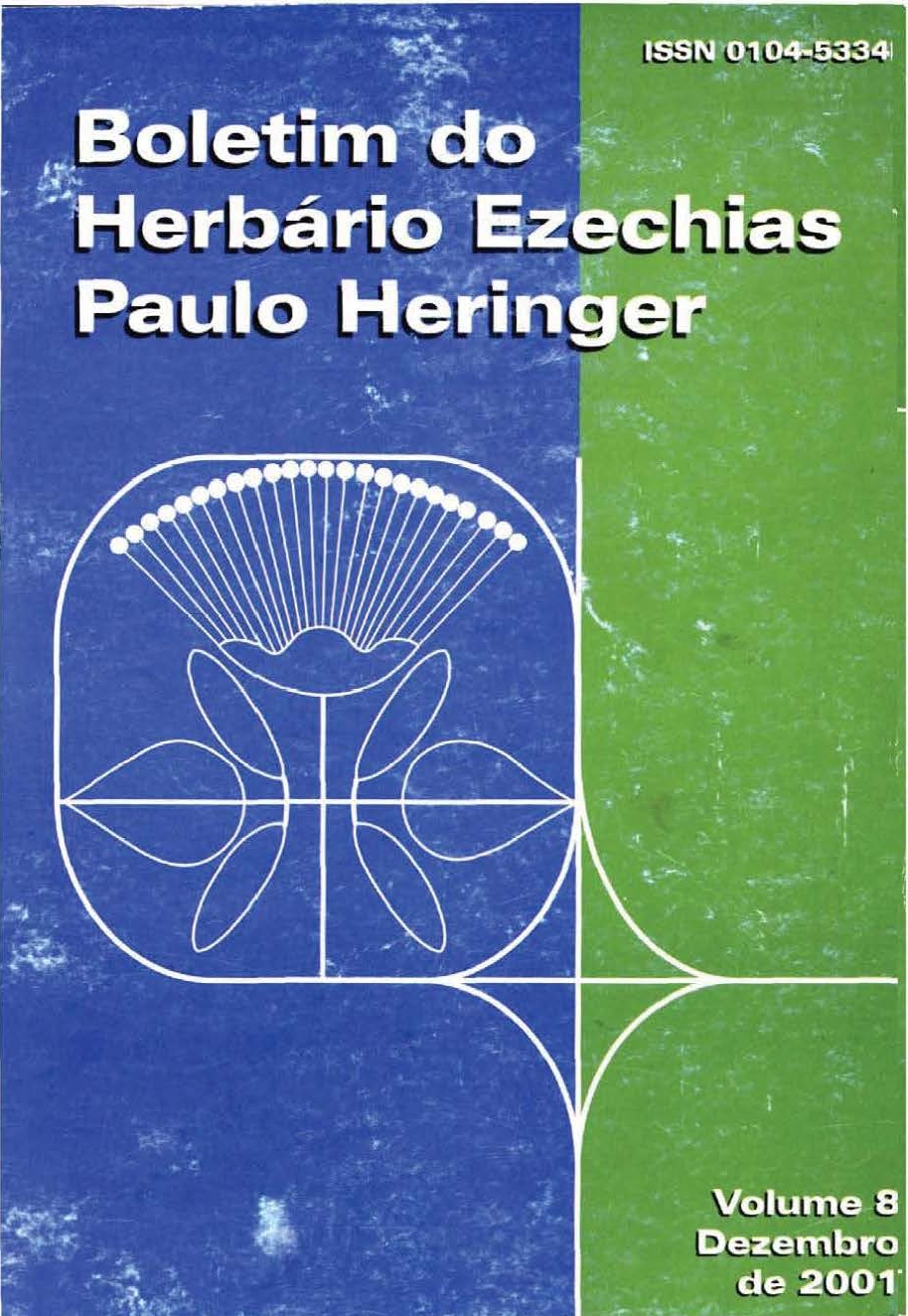PTERIDOPHYTES OF THREE REMNANTS OF GALLERY FORESTS IN THE JACARÉ-PEPIRA RIVER BASIN, SÃO PAULO STATE, BRAZIL
Abstract
Abstract - A floristic survey of pteridophytes was carried out in three remnants of gallery forest in the Jacaré-Pepira river watershed, São Paulo State, southeastern Brazil. A total of 90 species distributed in 37 genera and 14 families were registered in the three sites. Pteridaceae with 16 species, Polypodiaceae (15 species), Thelypteridaceae (15), and Dryopteridaceae (9) were the best represented families in the region. Thelypteris with 14 species, Asplenium (6), Blechnum (6), Trichomanes (4), Polypodium (4), Adiantum (4), and Pteris (4) were the richest amongst the 37 genera registered. Sixty four species are terrestrial, 15 epiphytic, three are rupicolous, two are climbing, three are terrestrial or rupicolous, and three are terrestrial or epiphytic. Only 10 were found in the three fragments. Most of the species (84%) registered in the region have a wide distribution in Brazil, and 16% present a more austral distribution with a concentration in the southeastern and southern regions. We present data on species habit and habitat as well as comments about the floristic similarity among the three areas.
Index terms: pteridophytes, gallery forest, floristics.
PTERIDOPHYTES EM TRÊ S REMANESCENTES DE MATA DE GALERIA NA BACIA DO RIO JACARÉ-PEPIRA, SÃO PAULO, BRAZIL
Resumo - Foi realizado um levantamento das pteridófitas ocorrentes em três fragmentos de Floresta Ciliar da Bacia do Rio Jacaré-Pepira, Estado de São Paulo, Brasil. Nos três fragmentos, foram encontradas 90 espécies distribuídas em 37 gêneros e 14 famílias. As famílias mais representativas foram Pteridaceae, com 16 espécies, Polypodiaceae e Thelypteridcaeae, com 15 e Dryopteridaceae com nove espécies. Os gêneros mais representativos foram Thelypteris, com 14 espécies, Asplenium e Blechnum, com seis espécies cada, Trichomanes, Polypodium, Adiantum e Pteris, com quatro espécies cada. Das 90 espécies encontradas, 64 são terrestres, 15 epífitas, três rupícolas, duas trepadeiras, duas terrestres ou rupícolas e três terrestres ou epífitas. Das 90 espécies, apenas 10 ocorreram nos três fragmentos. A maioria das espécies (84%) possui distribuição ampla no Brasil e 16% apresenta distribuição concentrada no Sudeste e Sul do País. São apresentados dados sobre o hábito e o habitat das espécies encontradas, bem como comentários acerca da similaridade florísitica entre os três fragmentos estudados.
Termos para indexação: pteridófitas, floresta ciliar, similaridade florística.


